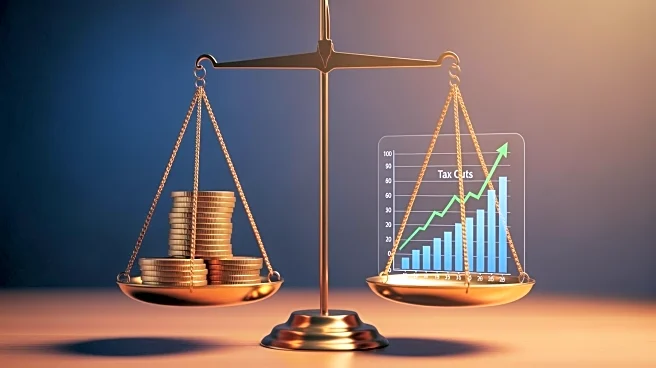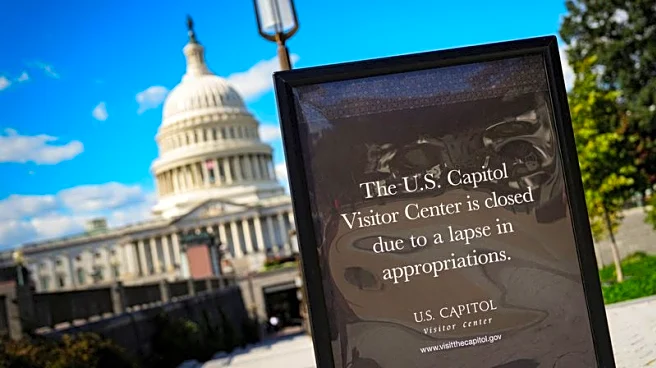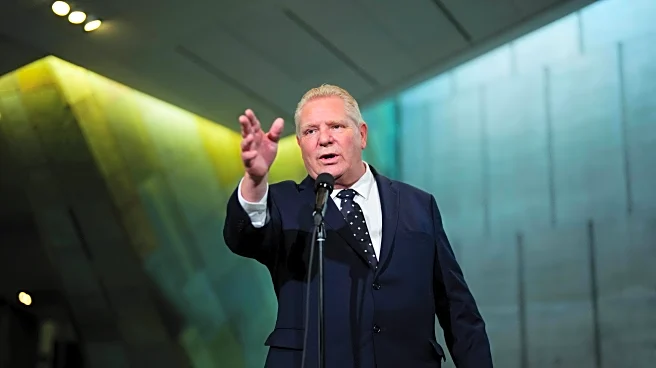What's Happening?
Recent analysis suggests that lowering or maintaining reasonable tax rates for top earners can lead to increased federal tax revenues. Historical examples include tax cuts from Calvin Coolidge, John F.
Kennedy, Ronald Reagan, George W. Bush, and President Trump. Critics argue that these cuts disproportionately benefit the wealthy, but proponents claim they incentivize wealth creation and participation in the macroeconomy. The Laffer Curve theory supports this, indicating that optimal tax rates can maximize revenue without discouraging economic activity.
Why It's Important?
The debate over tax policy is crucial for economic growth and government funding. Lower tax rates for top earners may stimulate economic activity, leading to higher overall tax revenue. This approach contrasts with calls for higher taxes on the wealthy, which some argue could reduce economic participation and revenue. Understanding the impact of tax policy on revenue and economic growth is vital for shaping future legislation and addressing fiscal challenges.
What's Next?
The permanence of the 2017 tax law under President Trump is expected to continue influencing economic growth and revenue projections. The Congressional Budget Office's static scoring may underestimate the dynamic effects of tax cuts, suggesting potential revisions in forecasting methods. Ongoing discussions about tax policy will likely focus on balancing revenue needs with economic incentives.
Beyond the Headlines
The ethical implications of tax policy remain contentious, with debates over fairness and the role of wealth distribution in society. Long-term shifts in tax policy could affect entrepreneurial activity and economic inequality, influencing broader societal dynamics.













